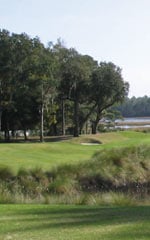Description
June Grass Seeds 8030 (Koeleria cristata). Native of Canada. Perennial.
5,000 seeds/gram
This Ontario regionally rare species is native to Walpole Island. A nice looking cool season perennial bunchgrass that is very drought tolerant and one of the earliest native grasses to green up in the spring. Showy pluming white seed heads appear in late June to July, much earlier than many native grasses. Grows readily from seed and prefers well drained open sandy loam soils. Plant height generally reaches 60 cm. Due to its high drought tolerance, June Grass is often used in green roof plantings and re-vegetation of retired strip mine projects and comparatively poorer land. Hardy to Zone 3. For many native and perennial plants, late fall is the best time to sow seed directly outside. Why you ask? Simply put, many of these plants produce seed that is viable but dormant. This means allowing seeds to naturally stratify over window will “wake up” the dormant seed for best results.
How to Grow
This is one native grass that does best best when planted in the spring. Seed should be no more that 3 mm deep as diffuse light helps germination. If ideal growing conditions are unavailable, the seed may go dormant and not germinate until the spring of the following year.
Many native plants will not bloom until the second year of growth when grown from seed. Avoid the use of supplemental fertilizer as this encourages weeds at the expense of the native plants. During the establishment year, native species plantings should be watered when dictated by the weather. The following year’s growth adapts easily to local climate and soil conditions needing only what nature provides. Mow to 20 cm height at least once through the first year of growth should aggressive weeds threaten to take over the planting and again after the fall frosts have reduced annual foliage. Consider a controlled burn of prairie species where municipal laws permit. The encroachment of woody or non-prairie vegetation is curtailed by fire allowing the prairie community to thrive.





